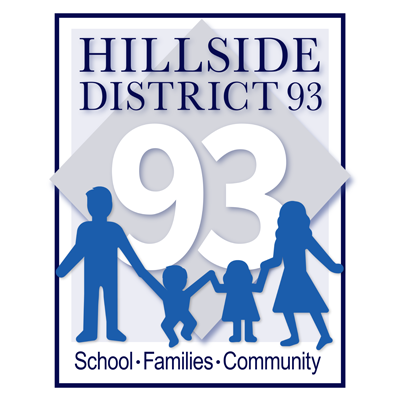AI Guidance and Policy
Introduction
In this current era "big data", Artificial Intelligence, or AI, is evolving all around us in the world today. It is seen in the tools that correct grammar and suggest texts as you type an email or the chatbots that appear that ask you if they can help when you visit a website. AI is seen in the suggested personalized Daily Mix of songs on Spotify or the Roomba vacuuming your living room and not bumping your dog. It is used whenever we ask Alexa to order things on our shopping list or when we configure Siri to recognize your voice. AI is an integral part of how we do things in the modern world.
What is AI

AI holds the potential to positively impact education while bringing a host of new challenges and considerations. As explained in the report on Artificial Intelligence (AI) in K-12 by the Consortium for School Networking (CoSN), "the real potential for education lies in how AI augments what teachers and leaders do in schools, allowing them to be more adaptive to the needs of their students and less consumed by routine, repetitive tasks. If adopted with the idea of augmentation in mind, AI could help to solve administrative problems, automate certain tasks, afford teachers the time to construct more meaning full face-to-face learning opportunities, and realize that promise of personalization at scale through the implementation of adaptive assessments, intelligent tutoring systems, and platforms that support adaptive learning." To that end, Hillside School District is exploring the possibilities of using AI to support student learning while taking careful steps and considerations around privacy, bias, and information literacy.
